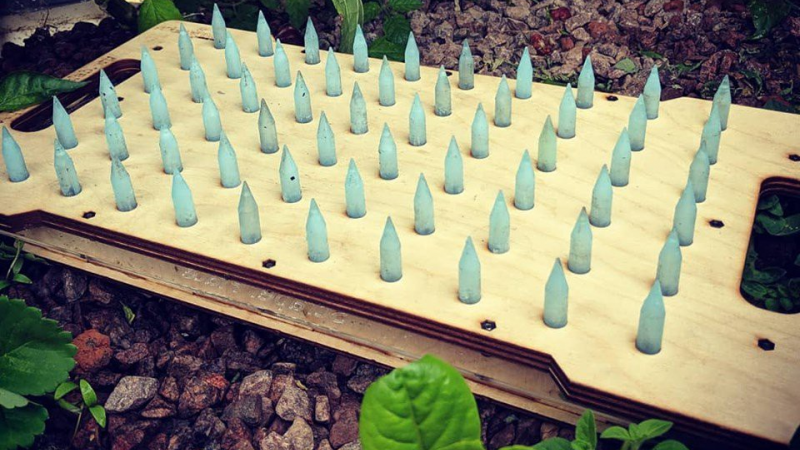
Seed sowing is a process of placing the seed in the soil to germinate and grow into a plant. Proper precautions must be taken while sowing the seeds like appropriate depth, and proper distance. Besides this soil should be clean, healthy & free from disease.
Different methods of sowing seeds
Seeds may be sown directly or they can be transplanted. For transplanting method, the seeds are sown in nursery and then the nursery is transplanted to field. The different methods of sowing are given below;
-
Broadcasting
-
Dibbling
-
Drilling
-
Sowing behind the country plough
-
Planting
-
Transplanting
1. Broadcasting
Broadcasting is the most common and oldest method of seed sowing. Here the seeds are just spread on the soil. Then seeds may or may not be covered with soil. Broadcasting may be done manually with hands or through a mechanical spreader.
Advantages of Manual Broadcasting:-
-
The manual method is cheap.
-
It takes less time than other methods.
-
This method is suitable only for small seeded crops where plant-to-plant distance is small or does not matter.
Disadvantages of Broadcasting
-
In this method the Seed distribution is uneven.
-
Some of the Seeds are not covered by soil.
-
The density and depth of seeds are uneven.
-
The germination of the seed is Non-uniform.
-
Crop stand is affected by uneven distribution.
2. Dibbling
Planting procedure with dibbling. Dibbling is the process in which we place seeds in holes or pits at equal predetermined distances and depths. This procedure is done by dibble, planter, or manually.
Advantages of Dibbling:-
-
Less seeds are required.
-
Germination is rapid and uniform.
-
Seedling vigor is good.
Disadvantages of Dibbling :-
-
It is time-consuming.
-
More labor is required
-
This method is costly.
3. Drilling
In this method, the seed is dropped into holes, and the seeds are then covered and compacted by soil. Drilling is done with the help of seed drill or seed-cum-fertilizer drill. Seeds are drilled continuously in a row or drilling can be done at a distance that is set and rows can be made accordingly.
Advantages of Drilling
-
The quantity of seed required is less.
-
During drilling Manures, fertilizers and amendments can applied with seeds.
Disadvantages of Drilling
-
More time consuming.
-
More labor required.
-
Cost is high.
4. Sowing Behind Country Plough
In this process, the seeds are placed into the furrows ploughed in the field either continuously or at specific distance manually by a man working behind plough. The depth of sowing depends on the depth of plough.
5. Planting
Planting is the placing of seeds or propagules firmly in the soil for germination and growth.
6. Transplanting
Transplanting is the method in which planting of seedlings in main field after pulling out from the nursery.
Why nursery is needed?
-
It is can allow multiple crops per year.
-
Extra care is provided for specific seedlings.
-
It is done for seeded crops that are small like rice which requires shallow sowing and frequent irrigation for proper germination.
















